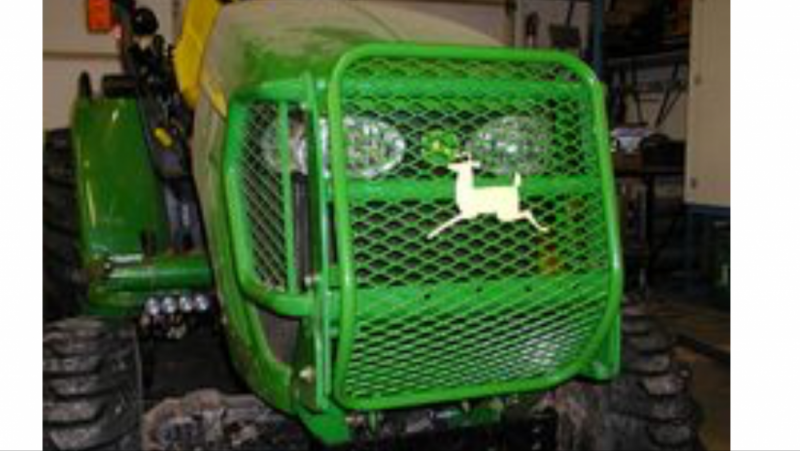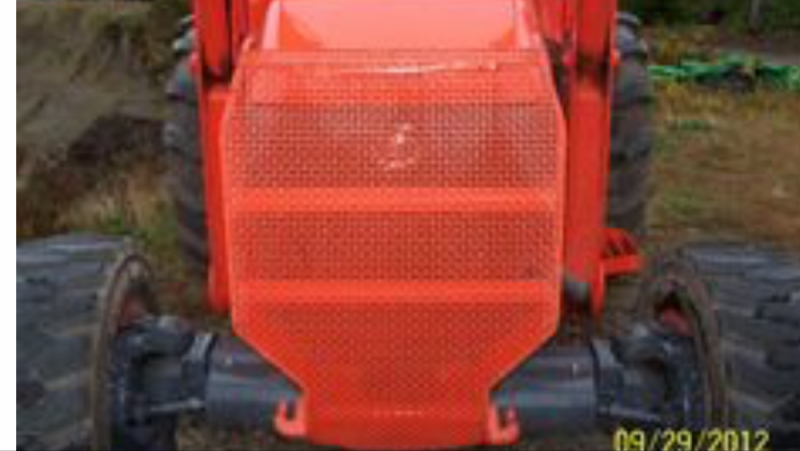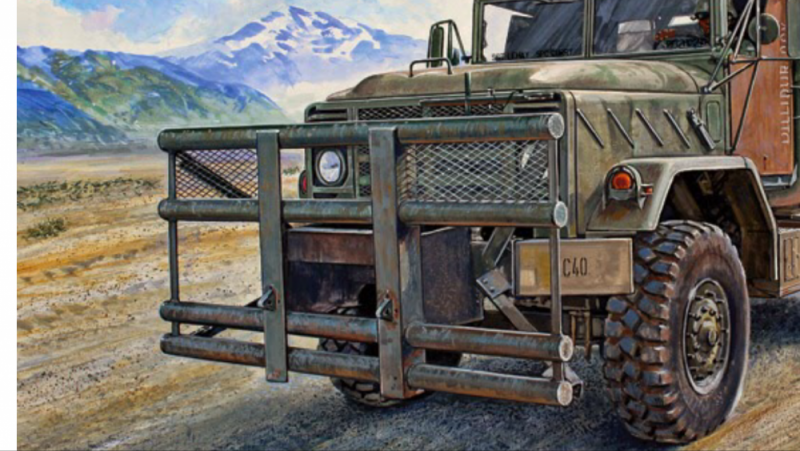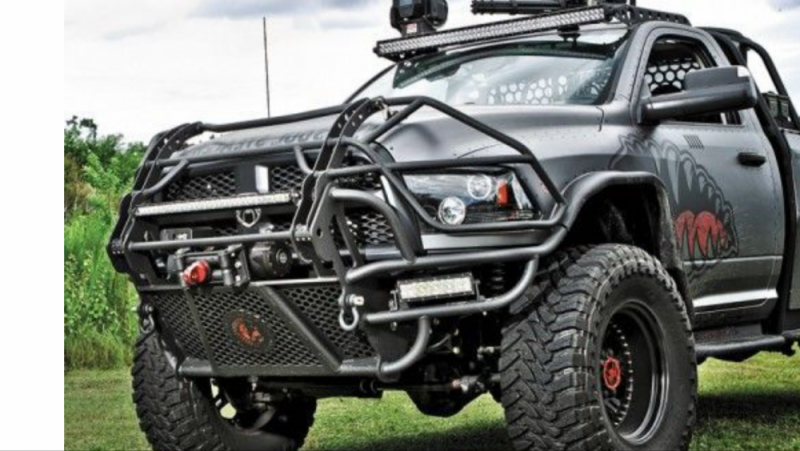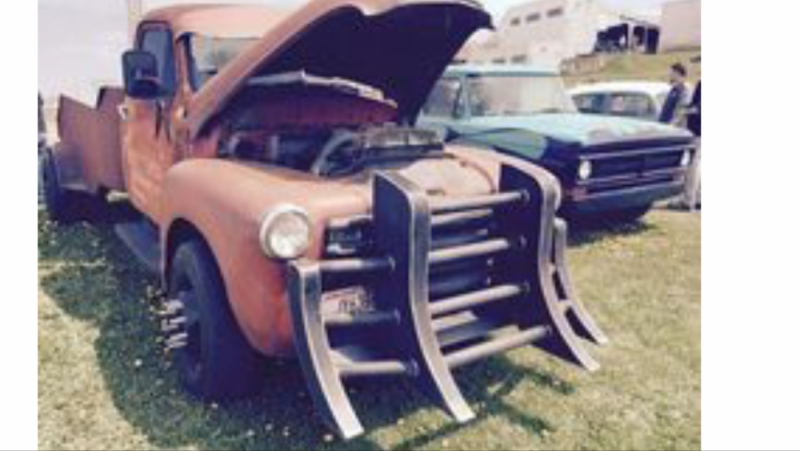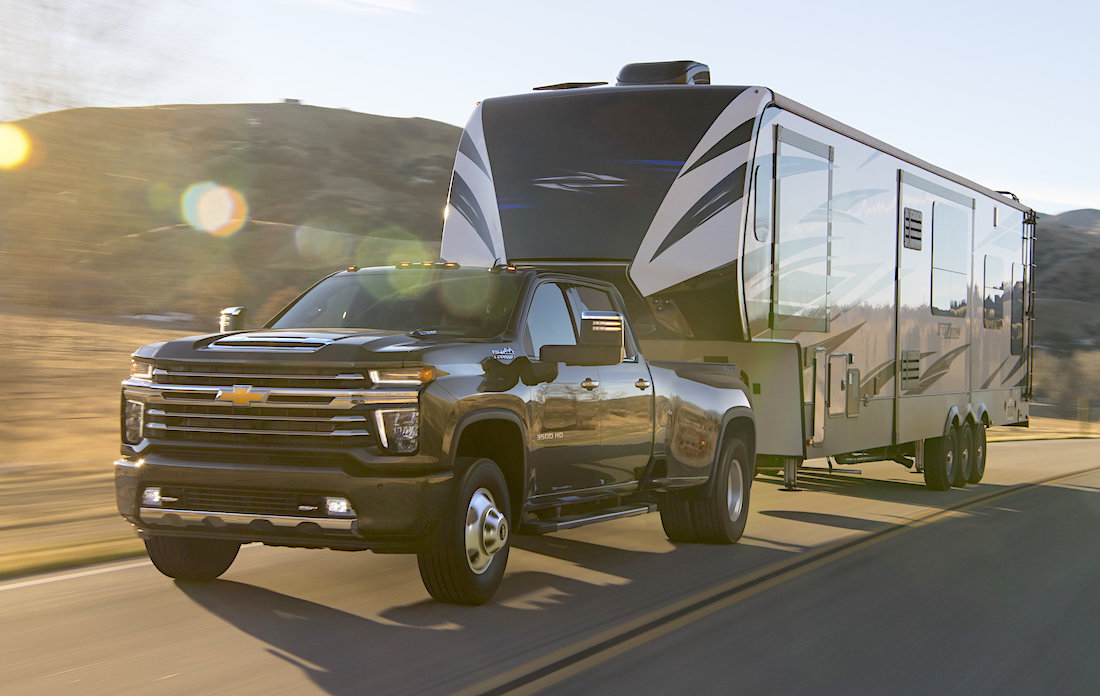Will L.
Well-Known Member
That first gear is a solid respectable ratio for hard work and off road. And from 1-2 making that jump I think is perfectly acceptable for the advantage in grunt power.
But Having 10 gears, I am a little disappointed they didn’t flow more evenly, and mostly disappointed that the final od ratio didn’t follow suit in the nice rpm drop of 8-9.
But Having 10 gears, I am a little disappointed they didn’t flow more evenly, and mostly disappointed that the final od ratio didn’t follow suit in the nice rpm drop of 8-9.

